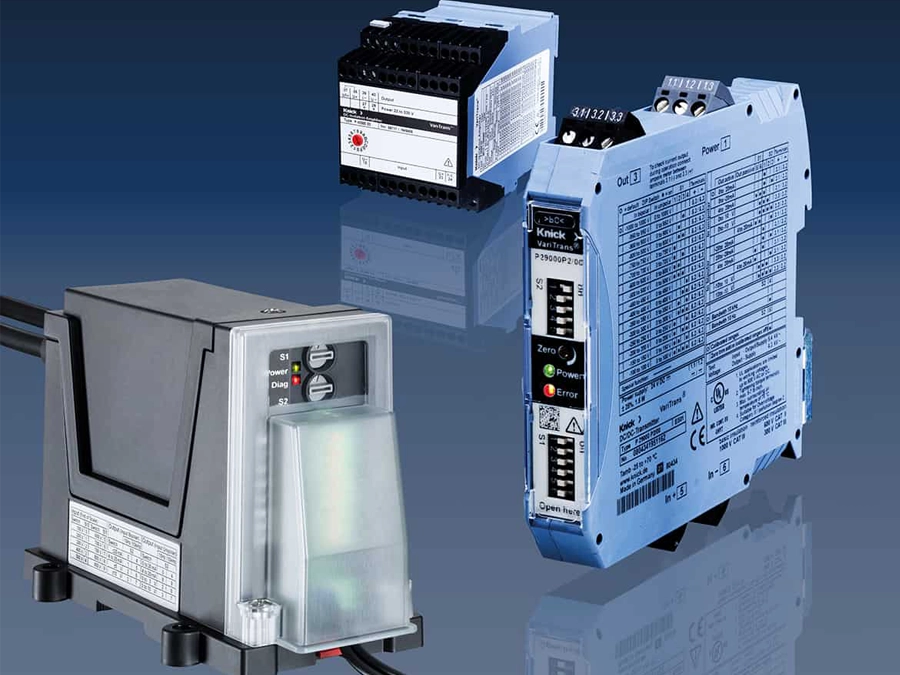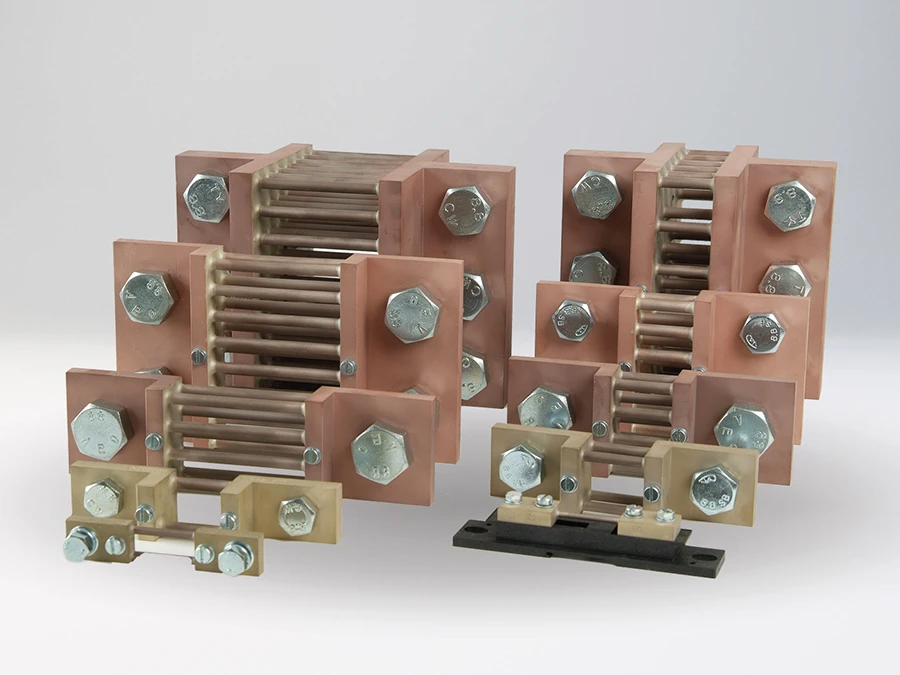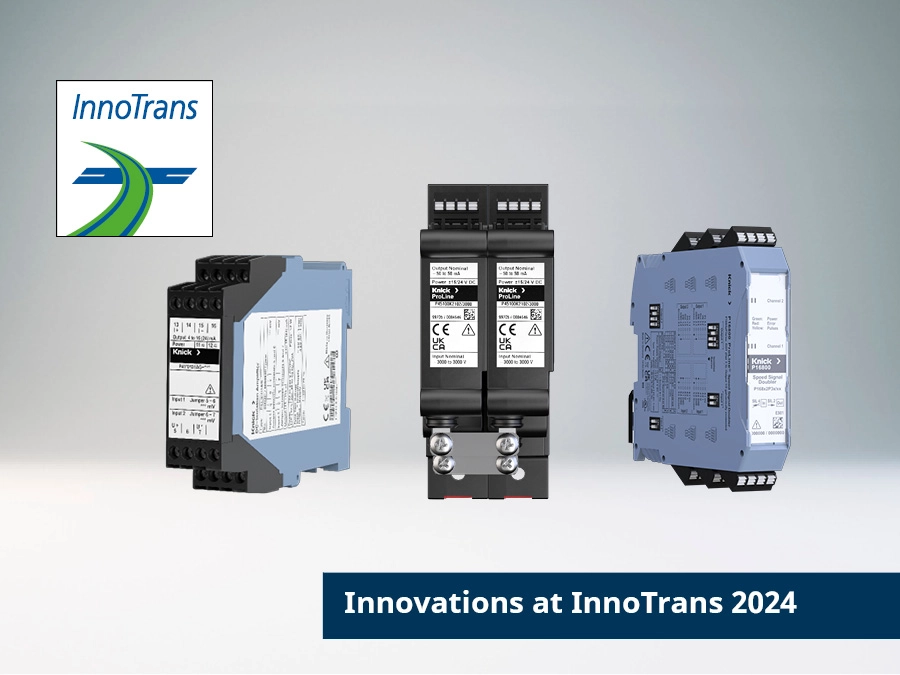
Many DC electrical measurement products manufactured by Knick contain universal, also known as broad-range, power supplies. This means that they will work over a relatively large voltage window, for example 20…253 V, AC or DC.
It might be easy to write off this feature as a convenience or “nice to have”. For instance, having devices with flexible power requirements allows machine builders or plant personnel not to have to think too hard about needing to match the transducer with the voltage of the power supply in the control panel, or to find room in the panel to install a new dedicated supply. This helps to get applications up and running quickly and cost effectively, while minimizing the need to stock multiple devices with different supply voltage ranges.
However, a broad-range power supply also brings much more than flexibility and convenience. Transducers that incorporate this technology also have the ability to compensate for unstable supply voltages that may be fed into them. As long as the fluctuating voltage stays within the specified power supply limit, the device will work normally in the application, and accuracy will not be impaired.
A good example of an industry that often must find workable solutions for unstable power is the rail industry. Onboard trains, voltage can drop significantly when a diesel engine is started from batteries. Often times, these same batteries are used to bring power to the DC current and voltage transducers, so it is critical that these transducers are able to offer consistency with their measurement, independent of any effect by the fluctuating supply voltage.
The handling of unstable power is important enough within some industries to have specifications written to address it. EN50155 is an important rail standard which requires that a device, or its auxiliary adapter, operate within a window between 70% and 125% of the nominal system voltage. Withstanding voltage above nominal values is especially important during charging processes.
This same EN50155 standard also defines the nominal system voltage for battery power found within trains. These typical DC values are between 24 V and 110 V. Knick manufactures transducers with EN50155 approval, meaning that the integrated power supplies will work with voltages down to 16.8 VDC, (or 70% of 24 V,) and up to 137.5 VDC, (or 125% of 110 V.) In fact, Knick transducers can operate to 253 VDC, so increased battery voltage over 110 V would not present a problem.

Steve Allard
General Manager at Knick Interface LLC, USA
Phone: +1 888 62 KNICK

9월 2024
Interface Technology
Hydrogen

9월 2024
Interface Technology

9월 2024
Interface Technology
Exhibition, InnoTrans